From 19th century industry to 21st century regeneration
As factories and workshops attracted industrial workers to Sheffield in the 19th century, row upon row of ‘back-to-backs’ sprang up, deteriorating into slum dwellings by the 1920s. Park Hill ‘streets in the sky’, originally built to great international acclaim in the 1960s, suffered dilapidation and decline during the 1980s. Rising again above the rubble, new residents are moving into the renovated and restored, iconic, Grade II listed Park Hill in 2012.
UPDATE: BBC News revisited Park Hill in 2016. See the story on OpenLearn Live.
More stories behind the streets
-
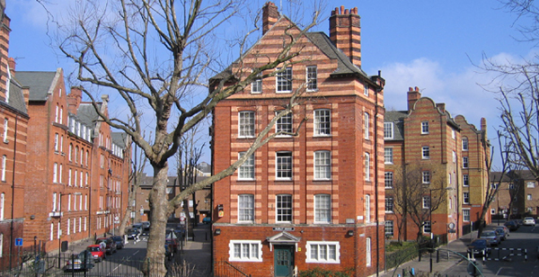
Arnold Circus, London: social housing for the 'deserving poor'
Take part now to access more details of Arnold Circus, London: social housing for the 'deserving poor'From the tenants of the first council housing estate, built on the Old Nichol in the 19th century, we trace the stories of Arnold Circus residents today.
Activity
Level: 1 Introductory
-
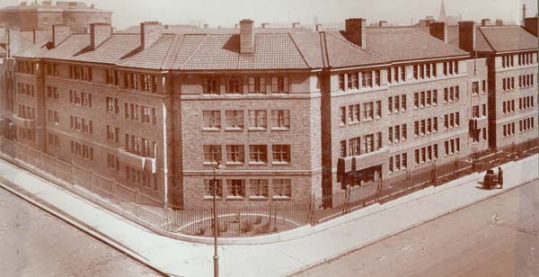
Upper Buckingham Street, Dublin, Ireland: from speculative landowners to multi-tenanted tenements
Take part now to access more details of Upper Buckingham Street, Dublin, Ireland: from speculative landowners to multi-tenanted tenementsThe story of Upper Buckingham Street, from its initial layout in 1788 to the present day, reflects the ups and downs of Dublin city and its people.
Activity
Level: 1 Introductory
-
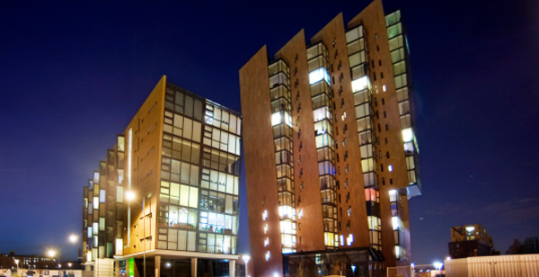
Great Ancoats Street, Manchester: cottonopolis to urban village
Take part now to access more details of Great Ancoats Street, Manchester: cottonopolis to urban villageWhat are the stories behind this unique 'urban village'? From the largest mills of Manchester's 19th century industrial era to slum dwellings in the 1920s. 21st century Ancoats sees revamped canals, squares and modern, stylish apartments.
Activity
Level: 1 Introductory
-
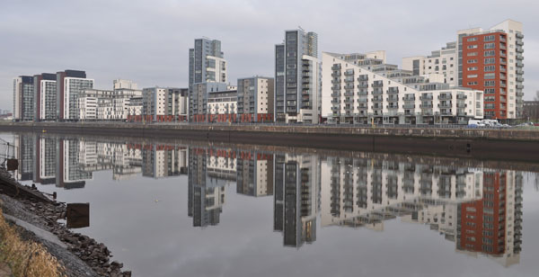
Dumbarton Road, Partick, Glasgow: from tenements to riverside apartments
Take part now to access more details of Dumbarton Road, Partick, Glasgow: from tenements to riverside apartmentsWe look back at the social history shaped by a ten-fold rise in population from 5,000 in 1850 to over 55,000 by 1901, and forward to the Glasgow Harbour regeneration scheme.
Activity
Level: 1 Introductory
-
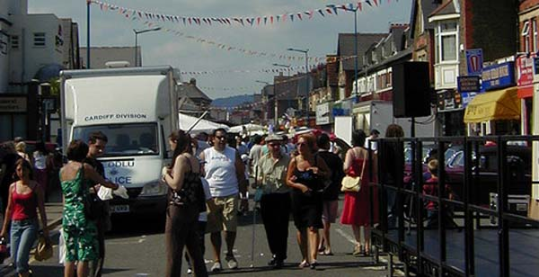
City Road, Cardiff: suburban thoroughfare
Take part now to access more details of City Road, Cardiff: suburban thoroughfareKnown as Castle Road in the 19th century, we trace the changing character and communities of City Road, re-named in 1905, when Cardiff gained city status.
Activity
Level: 1 Introductory
-
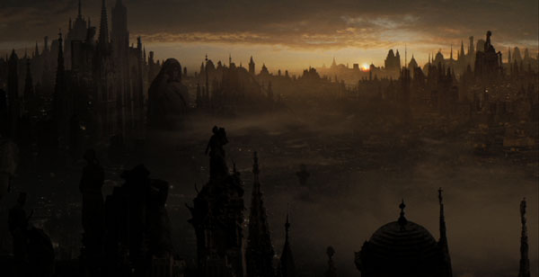
The stories behind our streets
Take part now to access more details of The stories behind our streetsWhere do you live? One answer may be your home postal address but what are the secrets behind your postcode? How has your street changed over the years?
Activity
Level: 1 Introductory
Rate and Review
Rate this activity
Review this activity
Log into OpenLearn to leave reviews and join in the conversation.
Activity reviews
Very interesting to learn more about this, as I actually live at Park Hill!
Amy Sharrock - 15 February 2017 11:14pm
Very interesting to learn more about this, as I actually live at Park Hill!